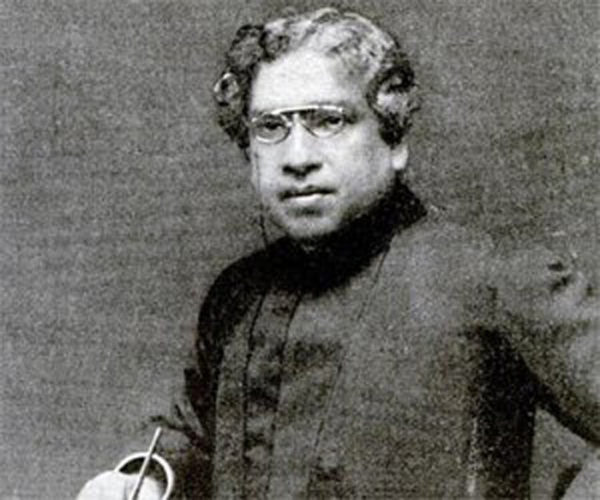This digital world we exist in wouldn’t have been without the contributions of master inventors. One of whom is Sir Jagadish Chandra Bose, and it’s his 158th birthday today. He’s a forgotten genius from the turn of the 20th century – someone who’s efforts and contribution to science should never be forgotten.
Master of Radio Communications
At first the subject of some dispute but it’s now a fairly common scientific fact that Sir Jagadish Chandra Bose made indelible contributions towards the advancement of wireless communications leading to the development of modern day radio. Without the radio, there would be no wireless communications, and no — GASP! — Wi-Fi to latch onto on your smartphones and laptops.
Guglielmo Marconi is widely regarded as the inventor of modern day radio, since he successfully demonstrated transatlantic radio communications for the very first time in 1901, but Bose had demonstrated electromagnetic wave communications a few years earlier.
Bose never really expressed any interest in commercial telegraphy, encouraging others to use his research work. In fact, in 1896, he met Italian inventor Guglielmo Marconi, who had been developing a radio wave wireless telegraphy system for over a year and was trying to market it to the British post service. To his credit, Marconi has actually acknowledged the significance of Bose’s work in his writing.
Bose holds several accolades
Despite his personal dislike of patents, Sir Jagadish Chandra Bose actually holds the patent for the first solid-state diode to receive electromagnetic waves, and created a number of now common microwave components.
Apart from being a physicist, Sir Jagadish Chandra Bose was also a polymath, biologist, biophysicist, botanist and archaeologist. He made some significant contributions to the world of plant biology and his invention, a crescograph, helped agricultural scientists devise better ways of effective crop cultivation.
Born on 30 November, 1858, at Mymensingh — which is now in modern day Bangladesh — Sir Jagadish Chandra Bose attended Cambridge after studying physics at Calcutta University.
Here’s a little fun fact – Sir Jagadish Chandra Bose even has a crater on the far side of the moon named after him.



Leave a reply